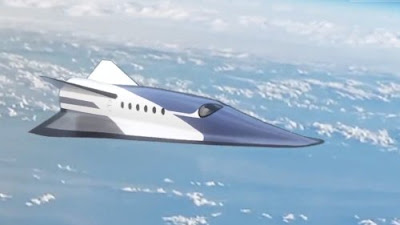Ultraafst Camera Images Speed of Light
100 Billion Frames Per Second
Captures Light Travelling from Point to Point
A researcher at Washington University in St. Louis has invented a camera that captures 2 dimensional images at 100 billion frames per second. That speed is capable of shooting phenomena that previously were too fast to be observed such as light pulses and laser beams as they travel from one point to another.
World's Fastest 2 D Camera
The new camera was invented by Professor of Biomedical Engineering Lihong Wang of Washington University. His research was supported by the National Institute of Biomedical Imaging and Bioengineering. Wang's camera is the world's fastest 2 D camera that doesn't require an external flash or multiple exposures. It's a great way for imaging of ultra fast phenomena like a laser flash or biochemical reactions.
Teaming the Camera with a Microscope for More Scientific Discoveries
Wang is now working to pair the camera with a microscope to capture previously unobservable biological events. An example is how laser light might destroy diseased tissue but leave healthy tissue unharmed.
Captures Light Travelling from Point to Point
A researcher at Washington University in St. Louis has invented a camera that captures 2 dimensional images at 100 billion frames per second. That speed is capable of shooting phenomena that previously were too fast to be observed such as light pulses and laser beams as they travel from one point to another.
World's Fastest 2 D Camera
The new camera was invented by Professor of Biomedical Engineering Lihong Wang of Washington University. His research was supported by the National Institute of Biomedical Imaging and Bioengineering. Wang's camera is the world's fastest 2 D camera that doesn't require an external flash or multiple exposures. It's a great way for imaging of ultra fast phenomena like a laser flash or biochemical reactions.
Teaming the Camera with a Microscope for More Scientific Discoveries
Wang is now working to pair the camera with a microscope to capture previously unobservable biological events. An example is how laser light might destroy diseased tissue but leave healthy tissue unharmed.




Comments
Post a Comment